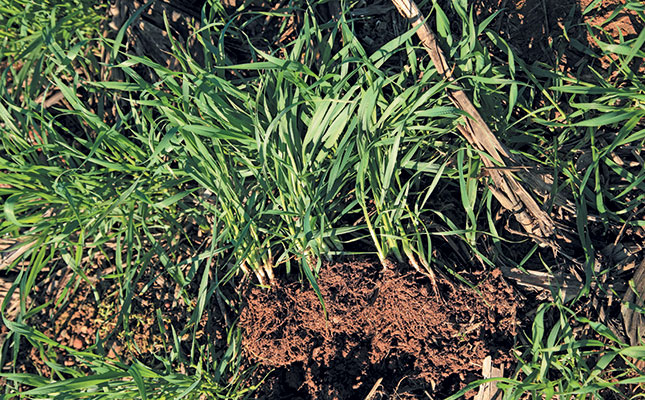Conservation Agriculture Minimizing Soil Erosion Risks
The Role of Conservation Agriculture in Reducing Soil Erosion
Soil erosion is a significant challenge faced in modern agriculture. It can lead to the loss of valuable topsoil, degradation of farmland, and decreased crop yields. However, there is a solution that addresses these concerns – conservation agriculture. In this post, we will explore the importance of conservation agriculture and how it can help to mitigate soil erosion.

Conservation agriculture refers to a set of farming practices that aim to protect the soil, enhance biodiversity, and optimize water management. This approach promotes sustainable agricultural development while minimizing the impact on the environment.
By utilizing conservation agriculture techniques, farmers can significantly reduce soil erosion and improve the overall health of their land. Let's explore some ideas on how to implement these practices effectively:
Ideas For Implementing Conservation Agriculture:
- Implement minimum tillage or no-till methods to reduce soil disturbance.
- Adopt cover cropping techniques to maintain soil cover throughout the year.
- Use crop rotation to prevent the depletion of vital nutrients in the soil.
- Apply organic compost or manure to improve soil fertility.
- Manage water resources efficiently by employing proper irrigation methods.
- Control weeds through integrated pest management instead of relying on excessive herbicides.
- Encourage beneficial insects and pollinators by providing suitable habitat.
- Promote agroforestry practices, such as planting trees in and around farmland.
- Monitor and evaluate the impact of conservation agriculture techniques through regular assessments.
- Engage in knowledge sharing and continuous learning with fellow farmers and agricultural experts.
Recommendations for Effective Conservation Agriculture:
While implementing conservation agriculture practices, it is crucial to consider the following recommendations:
- Customize the techniques based on local conditions and specific crop requirements.
- Adopt a holistic approach that considers the interconnection between soil, water, and biodiversity.
- Involve and educate local communities to promote widespread adoption of sustainable farming practices.
- Ensure access to affordable and high-quality agricultural inputs, such as seeds, fertilizers, and machinery.
- Seek guidance from agricultural extension services and research institutions to stay updated with the latest practices.
- Invest in long-term soil conservation plans to ensure the sustained health of the land.
A Listicle of Conservation Agriculture Benefits:
- Significantly reduces soil erosion, protecting the integrity of farmland.
- Promotes soil health by enhancing organic matter and microbial activity.
- Increases water infiltration, reducing runoff and improving water availability for crops.
- Enhances soil fertility and nutrient cycling, leading to improved crop yields.
- Minimizes the need for synthetic fertilizers, reducing input costs for farmers.
- Conserves biodiversity by preserving natural habitats and supporting beneficial organisms.
- Improves carbon sequestration, contributing to climate change mitigation.
- Increases crop resilience to extreme weather events, such as droughts or heavy rainfall.
- Creates sustainable farming systems that can support future generations.
- Reduces energy consumption and greenhouse gas emissions associated with farming.
Question & Answer:
Q: Is conservation agriculture only suitable for large-scale farming operations?
A: No, conservation agriculture principles can be applied to farming operations of all sizes. It is vital to tailor the techniques based on specific conditions and available resources.
Q: Can conservation agriculture help in reducing water pollution?
A: Yes, conservation agriculture practices, such as cover cropping and reducing chemical inputs, can significantly reduce water pollution by minimizing the discharge of harmful substances into water bodies.
Q: Does conservation agriculture require additional investment?
A: While the initial transition to conservation agriculture may require some investment in new equipment and training, in the long run, it can lead to cost savings by reducing the need for inputs like synthetic fertilizers and herbicides.
A Summary of Conservation Agriculture:
Conservation agriculture provides an effective approach to tackle the pressing issue of soil erosion in agriculture. By adopting practices that promote soil health, water management, and biodiversity, farmers can mitigate the negative consequences of erosion and achieve sustainable productivity. Conservation agriculture benefits not only the farmers but also the environment and society at large. It contributes to long-term agricultural sustainability, food security, and climate change adaptation. Embracing conservation agriculture is a step towards a greener and more resilient future for our agricultural systems.



Post a Comment for "Conservation Agriculture Minimizing Soil Erosion Risks"